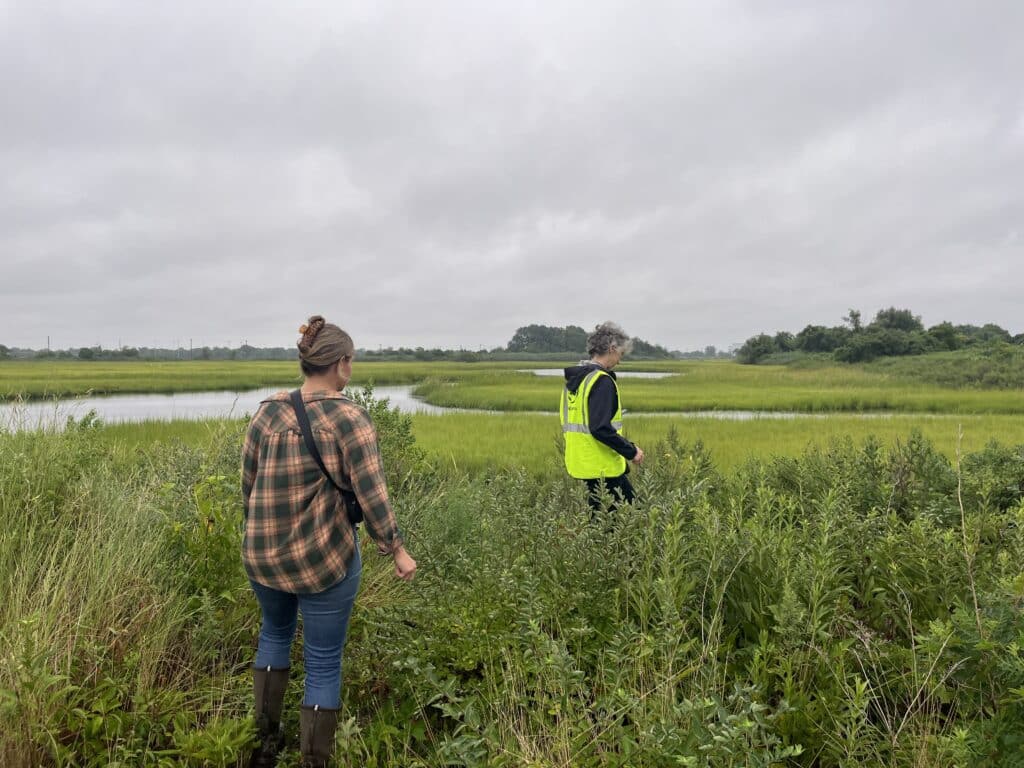FOR IMMEDIATE RELEASE
New Report Reveals Major Gaps in the Funding and Management of Urban Forested Natural Areas Nationwide
Findings from Natural Areas Conservancy and the Forests in Cities network make the case for protecting urban forests as critical green infrastructure
NEW YORK CITY, August 14, 2024 – In a summer of record-breaking heat and historic storms, Americans may be wondering how best to protect against the worst effects of climate change. A new report from the New York City-based Natural Areas Conservancy (NAC) and its 21-city Forests in Cities network reveals the crucial climate and public health benefits of the nation’s urban forests and the impending risks to these spaces due to underfunding, development, and a historic lack of management.
The report not only sheds light on the critical importance of safeguarding urban forested natural areas, but also presents numerous case studies on how cities across the country are successfully securing funding, to serve as inspiration and guidance for researchers, policymakers, and community members who seek to expand the resources available for greenspaces.
In the United States, there are more than one million acres of forests embedded in urban landscapes. “Forested natural areas” are distinct from other parts of the urban forest, like street and park trees, in terms of size, biodiversity, species composition, and how they’re managed. These spaces look and feel like the woods, and support plant and animal communities from the soil underfoot to the leaves in the top of the forest canopy. These spaces provide outsized benefits in the form of cooling, carbon capture, and stormwater absorption. But despite their significant value, urban forested natural areas are the least funded category of greenspace in many cities.
In New York City, the New York City Department of Parks & Recreation (NYC Parks) receives less than 1% of the city budget annually, and natural areas only 1% of that dividend, despite comprising 33% of city parkland. This represents an average investment of only $548 per acre annually. The vital work of restoring, maintaining, acquiring, and protecting forests requires dedicated funding for trained staff and materials; however, forested natural areas are consistently underfunded and not able to perform these functions.
“Urban forests are often mistakenly believed to be self-maintaining and aren’t seen as essential public infrastructure,” said Sarah Charlop-Powers, executive director for the Natural Areas Conservancy. “These spaces are threatened by climate change and fragmentation, and they require sufficient and sustained investment to realize their full social and environmental benefits.”
The report provides two primary pathways for increasing the flow of municipal funding for urban forested natural areas: boosting the amount of money allocated through local, state, and federal advocacy efforts, and seeking out novel funding mechanisms to augment the city budget.
Without dedicated funding, forested natural areas are at risk of degradation, which can lead to a loss of ecosystem and social benefits for city residents. The report calls for a paradigm shift in recognizing the value of these spaces, like other forms of infrastructure, and stresses the importance of long-term investment to ensure their resilience in the face of urban challenges. Ultimately, the call to action is clear: securing adequate funding is essential to safeguard the health and vitality of urban forested natural areas, ensuring their benefits for current and future generations.
About the Natural Areas Conservancy | www.naturalareasnyc.org
Founded in 2012, the Natural Areas Conservancy has served as New York City’s leading nonprofit dedicated to studying and helping to care for the city’s 20,000 acres of forests, grasslands, and wetlands. The NAC promotes nature’s diversity and resiliency across the five boroughs.
About the Forests in Cities network | https://fic.naturalareasnyc.org/
The Forests in Cities network is a national network dedicated to promoting and advancing healthy forested natural areas in cities across the U.S. through science, management, partnerships, and communications. The network was created in 2019 by the Natural Areas Conservancy.
For more information, contact:
Shannon Jordy | shannon.jordy@naturalareasnyc.org
Download Release(this link opens in new window)


